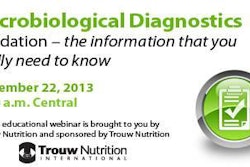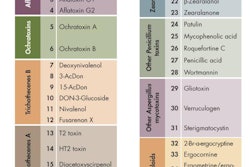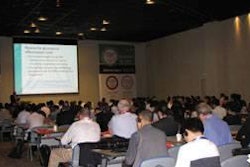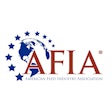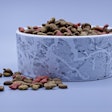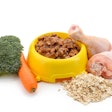In October, the US Food and Drug Administration (FDA) proposed new regulations to implement aspects of the Food Safety Modernization Act (FSMA) for animal feeds (including petfoods), similar to those proposed for foods for human consumption earlier this year. The law, enacted in 2011, addresses sweeping changes to regulation of food for both man and other animals, including the establishment of preventive controls, improved inspection and response capabilities, improved oversight of imports, and enhanced partnerships with domestic and international regulatory bodies.
The newly proposed regulations focus on a small portion of the overall changes needed to fully implement FSMA. Still, the proposal as printed in the Federal Register is over 100 pages in length, and adds a whole new section to the Code of Federal Regulations (21 CFR 507 CURRENT GOOD MANUFACTURING PRACTICE AND HAZARD ANALYSIS AND RISK-BASED PREVENTIVE CONTROLS FOR FOOD FOR ANIMALS).
The purpose of the regulations under this proposal is, in part, to establish Current Good Manufacturing Practices (CGMPs) for the manufacturing, processing, packing and holding of animal feeds, including petfoods and ingredients used in petfoods. Prior to this, there have not been any federally-mandated CGMPs for petfoods except for low-acid canned foods. Under the proposal, however, all petfood manufacturers subject to the Bioterrorism Act (i.e., those that must register their food facilities) must follow specified rules unless expressly exempt under these regulations.
Failure to follow CGMPs would be de facto evidence of adulteration, rendering the product subject to enforcement action even without direct evidence of contamination. Components of CGMPs include:
- Training of personnel
- Operation and maintenance of facilities and equipment
- Hygiene and sanitation
- Processing and controls
- Warehousing and distribution
The proposed regulations would also require companies to conduct a hazard analysis and establish science- and risk-based preventive controls. These would be similar in concept to Hazard Analysis Critical Control Point (HACCP) systems, which have already been implemented by many petfood manufacturers. Regardless, under the new regulations, each facility would be required to prepare and implement a written food safety plan, which would include:
- Conducting a hazard analysis
- Implementation of preventive controls
- Monitoring procedures
- Corrective actions to be taken if preventive controls not implemented
- Procedures to verify preventive control implementation
- Maintenance of sufficient records to document the above
Required compliance with the regulations by many petfood companies could be as early as one year after publication of the final rule. There would be extensions of one or two years for companies that were classified as "small businesses" or "very small businesses," respectively. However, the exact definition of those categories has yet to be finalized.
Because of the complexity of the proposed regulations, few official responses have been filed with FDA as of the time of this writing. So far, the public reactions to the proposal have not been unexpected. Industry groups have opined that FDA did not appear to wholly appreciate the distinction between foods for human consumption and those for animal consumption as contemplated by Congress when drafting the new rules. In other words, their position is that the imposition of many of the proposed human food requirements on the animal feed industry are overzealous and do little if anything to improve safety.
On the other hand, some petfood consumer advocacy groups consider any distinction between animal feeds (and particularly petfoods) and human foods in the proposed regulations to be imprudent at best and dangerous at worst. Thus, even if there may be some concession as to practical differentiation between how livestock feeds are regulated compared to human foods, those differences should not apply to production of petfoods.



